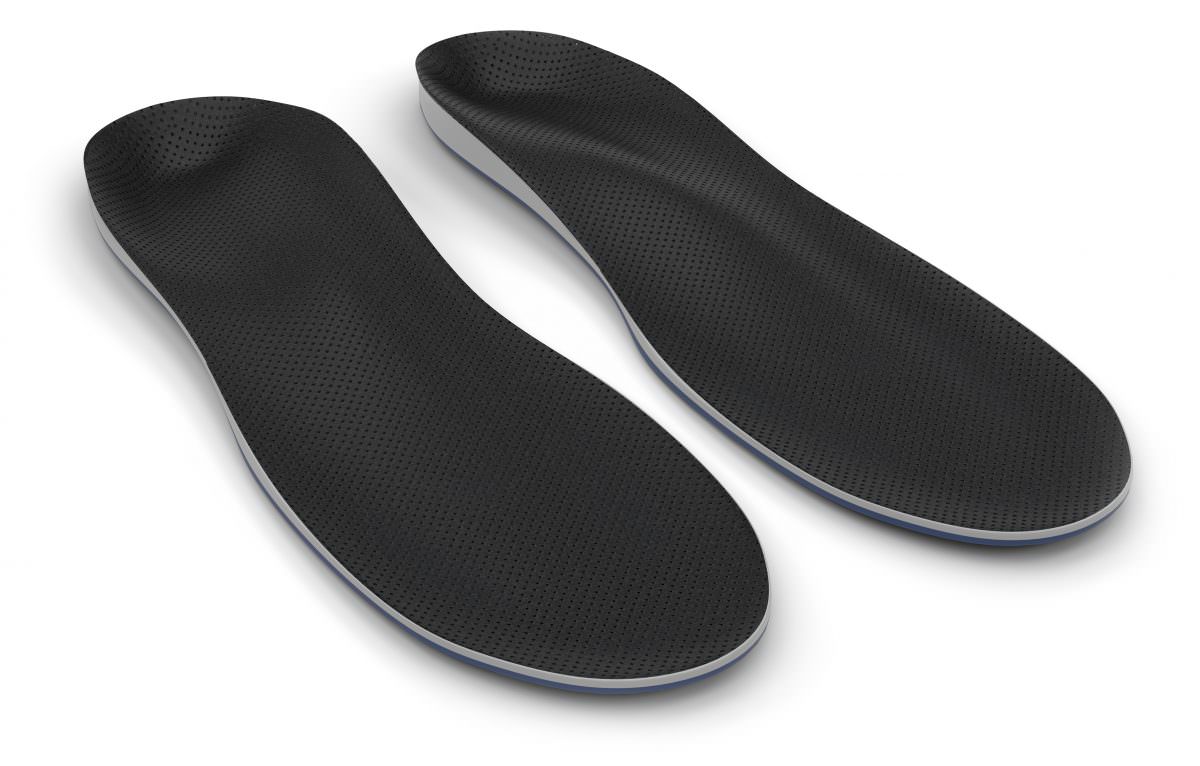
What are Shoe Inserts?
You’ve seen them at the grocery store and at the mall. You’ve probably even seen them on TV and online. Shoe inserts are any kind of non-prescription foot support designed to be worn inside a shoe. Pre-packaged, mass produced, arch supports are shoe inserts. So are the “custom-made” insoles and foot supports that you can order online or at retail stores. Unless the device has been prescribed by a doctor and crafted for your specific foot, it’s a shoe insert, not a custom orthotic device—despite what the ads might say.
Shoe inserts can be very helpful for a variety of foot ailments, including flat arches and foot and leg pain. They can cushion your feet, provide comfort, and support your arches, but they can’t correct biomechanical foot problems or cure long-standing foot issues.
The most common types of shoe inserts are:
- Arch supports: Some people have high arches. Others have low arches or flat feet. Arch supports generally have a “bumped-up” appearance and are designed to support the foot’s natural arch.
- Insoles: Insoles slip into your shoe to provide extra cushioning and support. Insoles are often made of gel, foam, or plastic.
- Heel liners: Heel liners, sometimes called heel pads or heel cups, provide extra cushioning in the heel region. They may be especially useful for patients who have foot pain caused by age-related thinning of the heels’ natural fat pads.
- Foot cushions: Do your shoes rub against your heel or your toes? Foot cushions come in many different shapes and sizes and can be used as a barrier between you and your shoe.
Choosing an Over-the-Counter Shoe Insert
Selecting a shoe insert from the wide variety of devices on the market can be overwhelming. Here are some podiatrist-tested tips to help you find the insert that best meets your needs:
- Consider your health. Do you have diabetes? Problems with circulation? An over-the-counter insert may not be your best bet. Diabetes and poor circulation increase your risk of foot ulcers and infections, so schedule an appointment with a podiatrist. He or she can help you select a solution that won’t cause additional health problems.
- Think about the purpose. Are you planning to run a marathon, or do you just need a little arch support in your work shoes? Look for a product that fits your planned level of activity.
- Bring your shoes. For the insert to be effective, it has to fit into your shoes. So bring your sneakers, dress shoes, or work boots—whatever you plan to wear with your insert. Look for an insert that will fit the contours of your shoe.
- Try them on. If all possible, slip the insert into your shoe and try it out. Walk around a little. How does it feel? Don’t assume that feelings of pressure will go away with continued wear. (If you can’t try the inserts at the store, ask about the store’s return policy and hold on to your receipt.)
When to Visit a Podiatrist
If you are simply looking for extra cushioning or support, you may wish to try an over-the-counter shoe insert first. If you have serious pain or discomfort, however, schedule an appointment with a podiatrist. He or she will assess your overall health and look for any other contributing factors. Today’s podiatrists are specially trained to evaluate the biomechanics of the lower extremity.
If you are experiencing pain or noticing a change in your feet you should seek medical care right away. Early care can help prevent the condition from worsening. Contact Podiatry Group of Georgia today to schedule your appointment or book you appointment online.Cited from www.apma.org
Call Our Marietta, Georgia Office Today at 404-806-3731 or Book your appointment online now!

![podiatryGroup-Logo[1] Logo](https://www.podiatrygroupofgeorgia.com/wp-content/uploads/2020/07/podiatryGroup-Logo1.png)